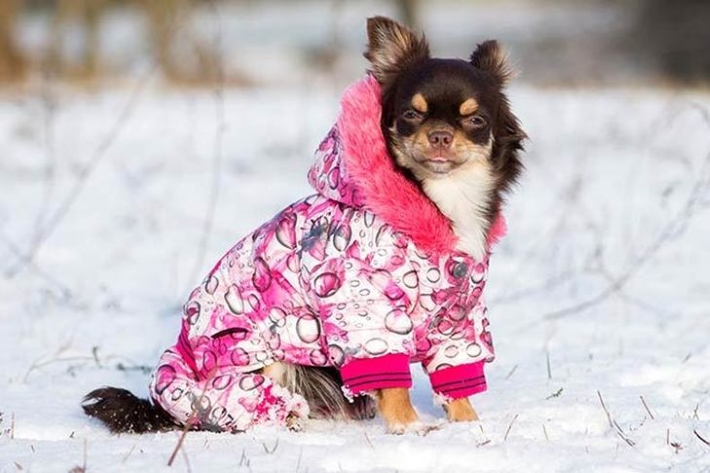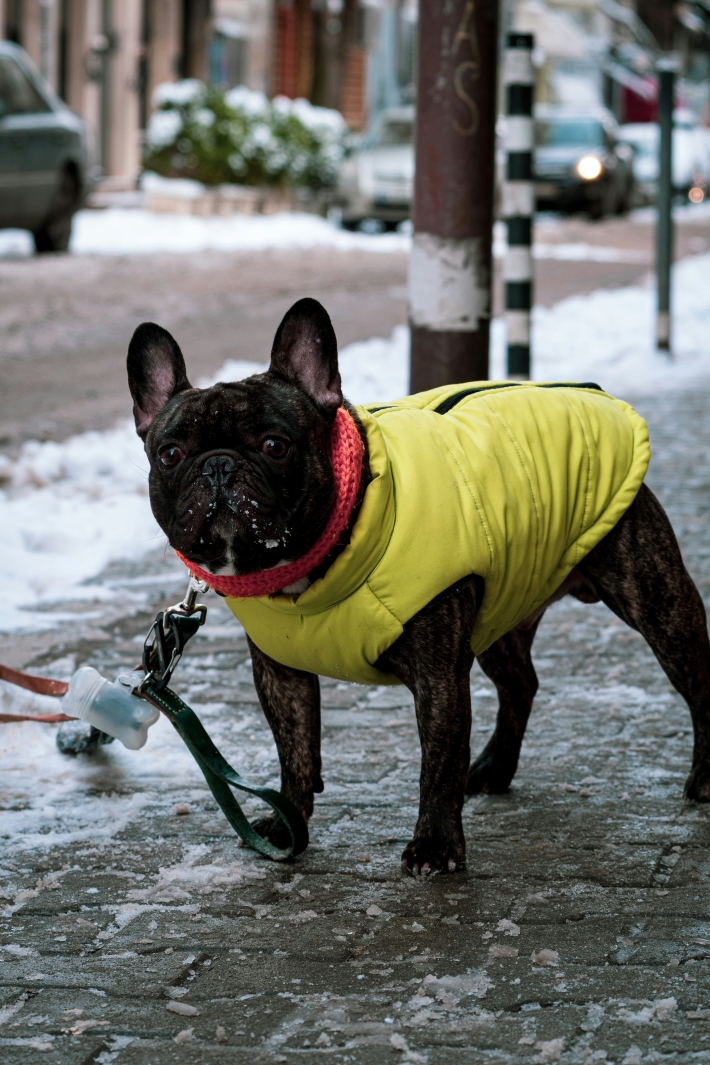Is there anything more endearing and heartwarming than seeing those tiny, fluffy dogs prancing around in the snow? The sheer excitement and unbridled joy they exhibit can make even the coldest of hearts melt – with each tiny paw leaving an imprint in the freshly fallen snow, it’s a sight to behold. However, while small breeds may seem to have an endless supply of energy and enthusiasm, they are not immune to the dangers of winter weather.
As responsible pet owners, it is essential to ensure that our furry companions are properly equipped for the colder months. While we take special care to make our home a dog-friendly paradise, we shouldn’t underestimate the way the outside elements can affect our small pups. Just like humans, they too need protection from the cold, wind, and snow.
Should Small Dogs Wear Coats in Winter?

In short, yes, small dogs should wear coats in winter. While some breeds have thick fur that provides ample insulation against the cold, others may not be as lucky. Small breeds, in particular, are more susceptible to the harsh weather due to their size and body composition. They have a larger surface area relative to their body mass, which means it’s harder for them to retain heat. The general rule is that if you need a coat to stay warm outside, your pooch likely needs one too.
When you get a comfortable and non-restrictive winter coat for small dogs, you can take them on walks and adventures without worrying about them getting too cold. It will also help prevent frostbite and hypothermia, which are real dangers for our furry friends during the winter months.
What to Look for in a Dog Winter Coat

Not all coats are created equal, especially when it comes to winter wear. Some options may have greater functionality, while others may focus more on fashion. When shopping for a winter coat for small dogs, you need to keep several factors in mind to ensure your pup stays warm, comfortable and safe.
Appropriate Outer Materials
The outer layer of the coat is crucial as it will come into direct contact with snow, ice, and rain. You need to look for crack-proof and hard-wearing materials that will withstand the elements and keep your dog dry. Some popular options include polyester, nylon, and Gore-Tex. These fabrics have a resilient and long-lasting quality that will help repel moisture and keep your pooch warm.
Suitable Inner Lining
The inner lining is what provides insulation and warmth for your furry friend. Look for coats with soft fleece or faux fur linings as they are excellent at trapping body heat. They should be snug but not restrictive to allow for easy movement and comfort while still providing adequate warmth.
You could also go with down or eco-puffer linings since they offer excellent insulation properties and are extremely lightweight. However, keep in mind that these materials may not fare well in wet conditions given their tendency to clump and lose insulation properties when damp.
Fit and Size
Getting the right fit is essential when it comes to dog coats, especially since small breeds come in various shapes and sizes. A coat that’s too tight will restrict movement and cause discomfort, while one that’s too loose may allow cold air to seep in. Measure your pet carefully before going shopping and make sure to check the sizing guide for each brand.
You could go for a form-fitting coat with an adjustable waist or Velcro straps to give you a bit more flexibility in terms of size. If that’s not an option, opt for a loose-fitting model and add layers underneath for extra warmth.
If you want to protect their ears and face from the cold, opt for something with a hood or purchase a separate head muff that you can wrap around their head. These are usually made from soft fleece or faux fur and add an extra layer of warmth for those chilly winter walks.
Waterproofing Features
While the outer material may be water-resistant, it’s always a good idea to look for additional waterproofing features in a dog winter coat. These could include sealed seams, water-repellent coatings or even complete waterproof materials like neoprene. This will not only keep your pup dry but also help protect against snow and ice buildup on their coat, which can significantly reduce their body temperature.
Reflective and Safety Elements
Safety should always be a top priority when choosing a small dog winter coat. During the winter months, it gets darker earlier, making visibility an important factor to consider. Look for coats with reflective strips or patches that will make your dog more visible in low-light conditions.
This can be particularly useful if you walk your pup at night or in areas with heavy traffic. You can also opt for brightly coloured coats to increase visibility during the day, with the added bonus of making your pup look even more adorable.
Leash Portals
If you’ve ever experienced the frustration of trying to put a coat on your pet while also trying to attach their leash, then you’ll appreciate the convenience of coats with leash portals. These are strategically placed openings that allow you to attach the leash directly to your dog’s collar or harness without removing their coat.



